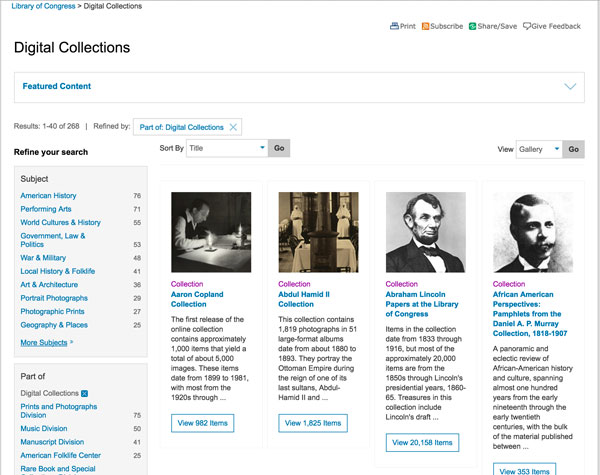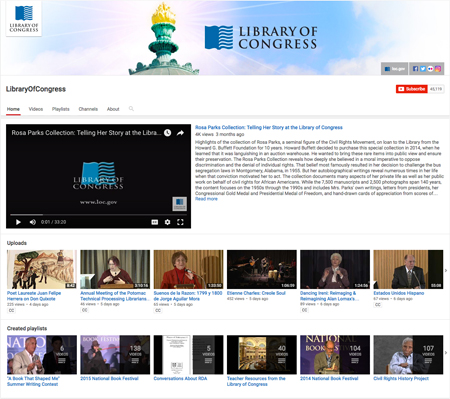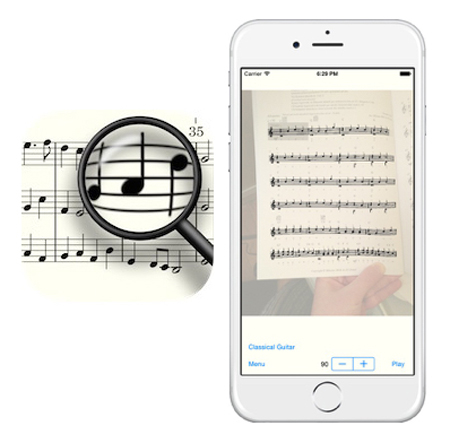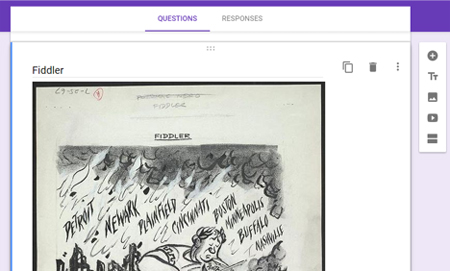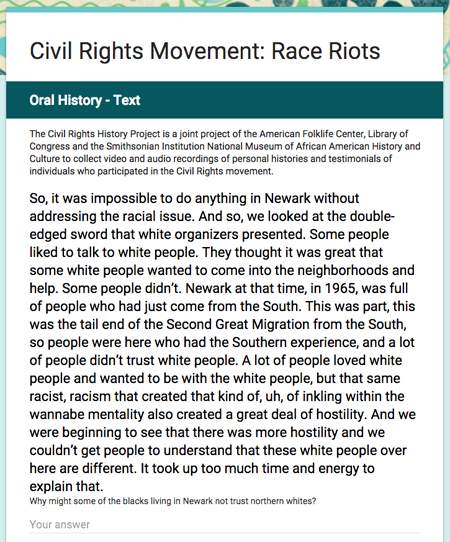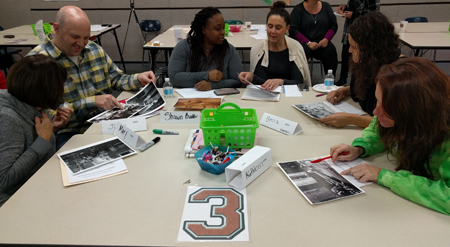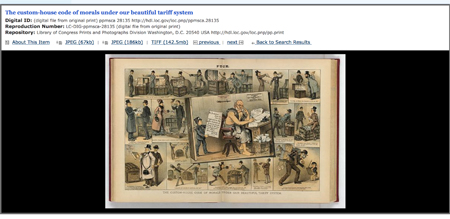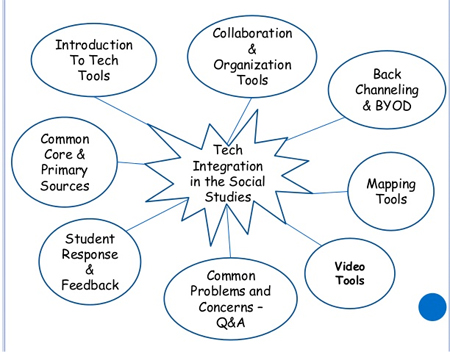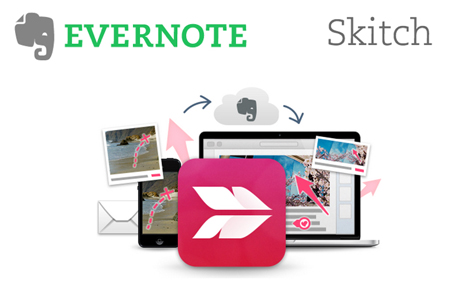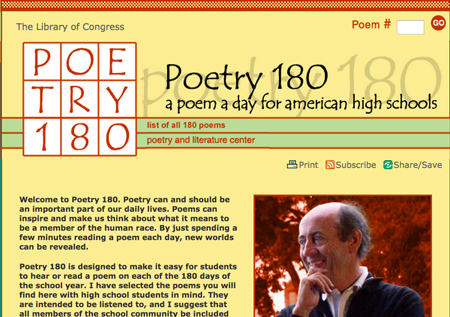Finding Reources: Exploring the Digital Collections
Summer is the perfect time to take some time to explore the Library of Congress digital collections. You can simply use the URL: https://www.loc.gov/collections/. Alternatively, you can navigate from the LOC.gov homepage by clicking the menu icon to the right of the search bar at the top of the page, clicking the Discover link, then…

